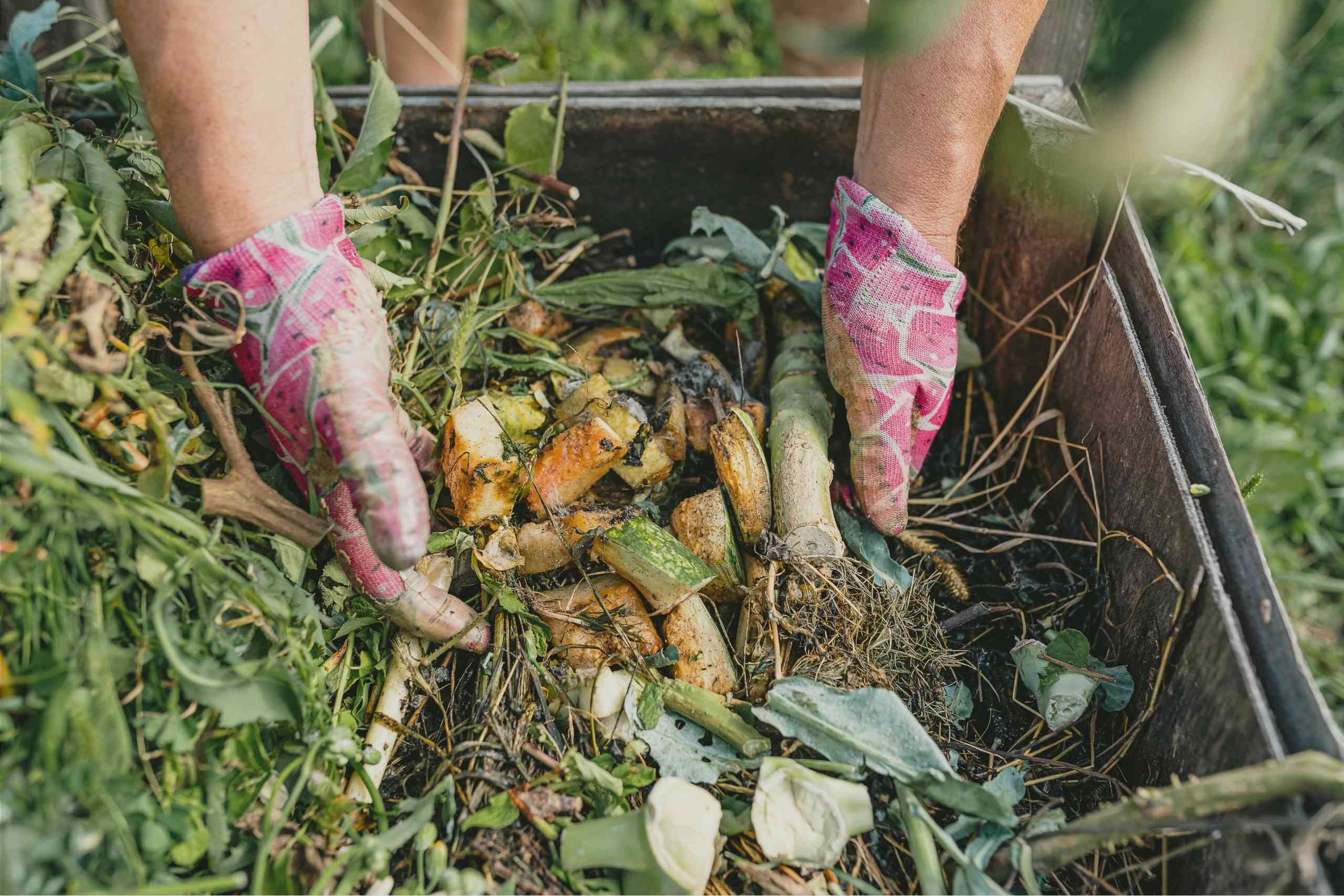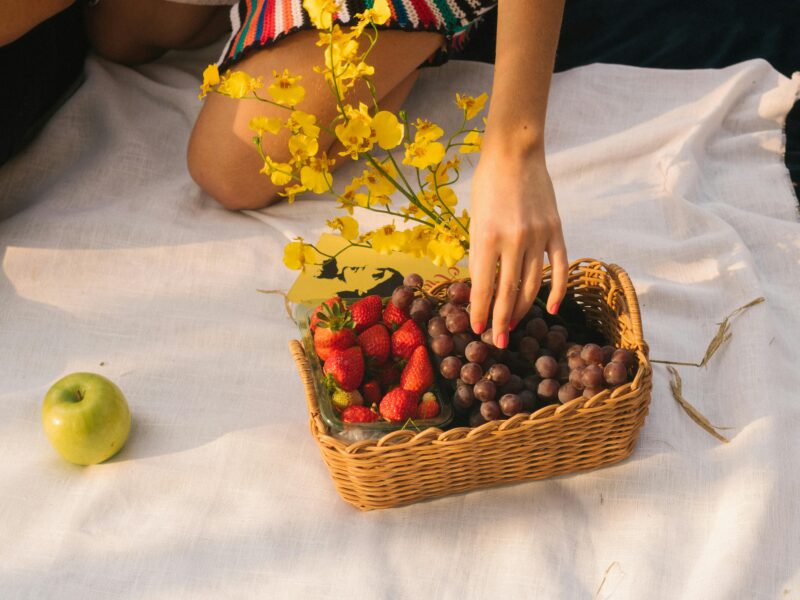To turn your pumpkin into nutrient-rich compost, chop it into small pieces and mix it into your compost pile. Ensure it decomposes by maintaining balanced moisture and aeration.
Pumpkins are not just for Halloween decorations; they are a goldmine for gardeners seeking nutrient-rich compost. Instead of discarding your pumpkin after the festivities, repurpose it to enrich your garden soil. Composting pumpkins is straightforward and eco-friendly, helping reduce waste and improve soil health.
The natural decomposition process breaks down the pumpkin, releasing essential nutrients like nitrogen, phosphorus, and potassium. By following a few simple steps, you can transform your old pumpkin into valuable compost, promoting a thriving garden and a sustainable environment.
Benefits Of Pumpkin Compost
Transform your leftover pumpkins into nutrient-rich compost to enrich your garden soil. This eco-friendly method boosts plant growth and reduces waste.
Enriching Soil
Composting pumpkins can make your soil very rich. Pumpkins have many nutrients that plants love. Nutrients from pumpkins go back into the soil. Plants use these nutrients to grow strong and healthy. Your garden will look better and grow more food.
Reducing Waste
Using pumpkins for compost helps the environment. Less waste goes to the landfill. This means less trash for the earth to handle. Composting is a great way to recycle. It’s easy and helps keep the planet clean.
Choosing The Right Pumpkin
Fresh pumpkins are best for compost. They break down faster. Old pumpkins can still be used. Cut them into smaller pieces first. This helps them decompose quicker.
Look for a firm pumpkin. It should have no soft spots. A good pumpkin has a strong color. The stem should be attached and dry. Check for any mold or rot. Avoid pumpkins with these signs.
Preparing The Pumpkin
Transform your pumpkin into nutrient-rich compost by first removing seeds and cutting it into small pieces. Bury the pieces in your compost bin, ensuring proper aeration and moisture.
Removing Seeds
Take the pumpkin and cut off the top. Use a spoon to scoop out the seeds. Place the seeds in a bowl for later use. Ensure all seeds and stringy bits are removed. Clean the inside of the pumpkin thoroughly.
Chopping Into Pieces
Chop the pumpkin into smaller pieces. Smaller pieces break down faster. Use a sharp knife for easy cutting. Make sure the pieces are not too large. Smaller chunks are better for composting.
Creating The Compost Pile
Transform your leftover pumpkin into nutrient-rich compost by chopping it into small pieces and adding it to your compost pile. Mix with other organic materials to accelerate decomposition and enrich your garden soil.
Layering Materials
Start with a base layer of twigs and straw. This helps with drainage and air circulation. Add a layer of green materials like pumpkin scraps, fruit peels, and vegetable waste. These provide nitrogen, which is essential for composting. Next, add a layer of brown materials such as dead leaves, cardboard, and paper. These add carbon to the compost.
Continue to layer green and brown materials. Maintain a balance to keep the compost healthy. Too much green material can make the pile soggy. Too much brown material can make it dry and slow to decompose. Aim for a 2:1 ratio of brown to green materials. This will help the compost break down efficiently.
Balancing Green And Brown
Balance is key for a healthy compost pile. Green materials add nitrogen, while brown materials add carbon. The right balance speeds up decomposition. Keep the pile moist but not too wet. Turn the pile regularly to add air. This helps the materials break down faster.
If the pile smells bad, add more brown materials. If it’s dry and not decomposing, add more green materials. Check the pile weekly to maintain the balance. With the right care, you’ll have rich compost in a few months.
Maintaining The Compost
Transform your discarded pumpkin into nutrient-rich compost by regularly turning the pile. Ensure proper aeration and moisture for optimal decomposition.
Turning The Pile
Turning the compost pile helps it stay healthy. This allows air to flow and speeds up the process. Use a garden fork to turn it every few weeks. This will help mix up the materials and keep the temperature even. If the pile gets too hot, it can slow down the composting process. Regular turning can help prevent this issue.
Monitoring Moisture
Compost needs the right amount of moisture to break down. Too much water can make it soggy and smelly. Too little water can make it dry and slow down the process. Aim for the pile to feel like a wrung-out sponge. Use a hose to add water if it’s too dry. If it’s too wet, add dry leaves or straw to soak up the excess moisture.
Using The Finished Compost
Transform your pumpkin into nutrient-rich compost to enrich garden soil. Spread finished compost around plants to boost growth. This eco-friendly practice enhances soil health and supports sustainable gardening.
Applying To Garden Beds
Finished compost can greatly improve your garden beds. It provides essential nutrients to the soil. Spread a layer of compost about one inch thick. Work it into the top few inches of soil. This helps plants access the nutrients easily.
Adding compost can also improve soil structure. It helps the soil retain water better. This is especially useful during dry seasons. Healthy soil supports stronger plant roots. Strong roots lead to healthier plants.
Improving Plant Health
Compost provides a natural boost to plant health. It reduces the need for chemical fertilizers. This makes your garden more eco-friendly. Compost also attracts beneficial earthworms. Earthworms improve soil aeration and nutrient availability.
Healthy plants resist diseases better. They also grow faster and produce more flowers or fruits. Using compost is a simple way to enhance your garden’s health.
Conclusion
Transforming your pumpkin into compost is simple and beneficial. It enriches your soil naturally. Follow the steps outlined to create nutrient-rich compost. This eco-friendly practice reduces waste and enhances garden health. Start composting your pumpkins today and contribute to a greener environment.
Your garden will thank you.


